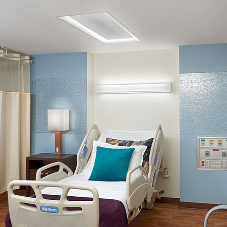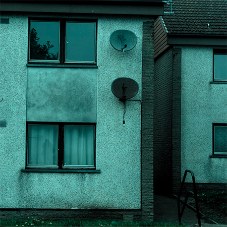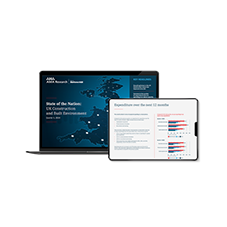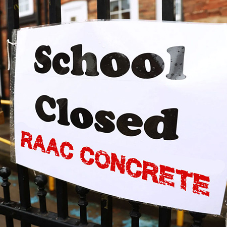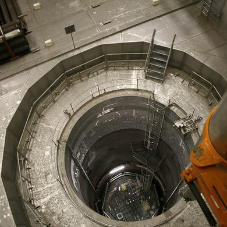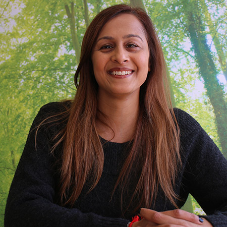I recently had the pleasure of being invited by Sapphire Balconies to their ‘Reducing Fire Spread in High-Rise Residential Buildings’ event at the iconic Gherkin building in Central London.
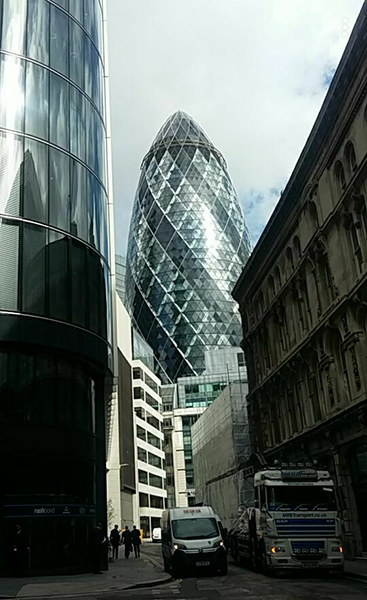
The event was a day full of CPD seminars and presentations based around post-Grenfell fire legislation. There was a focus on the effect that such legislation has had on safety and building design in the years since the Grenfell tragedy occurred.
I arrived at the event at around 11am, just after a roundtable discussion involving industry leaders had ended. With these influential and knowledgeable figures staying to attend CPD events and network throughout the day, it was a great opportunity to soak up their knowledge and learn from their vast experiences of the issues being discussed.
The first CPD that I attended was ‘No Fire Without Smoke’, hosted by Jon Fleet of smoke ventilation system manufacturer Sertus. The session began with the sobering fact that 46% of deaths from fire in 2017-18 were smoke related, before moving on to examine the various smoke ventilation systems that are on the market and how they can help save lives in a fire.
Jon did an excellent job of explaining how smoke ventilation systems can work to fuel fires with oxygen. To the untrained observer, such as myself, this initially surprised me, as I had assumed the goal of such systems would always be to take oxygen away. However, I learned that the presence of oxygen means that the fire will burn cleanly, rather than burning and releasing toxic gases into the air as oxygen disappears. The less oxygen that is present, the more lethal carbon monoxide will be created and burned in the air, creating a very dangerous situation for any inhabitants. Ventilation systems may also exhaust flames and smoke, which helps prevent a hot core forming in a building which could lead to structural collapse.
The focus of the CPD then moved onto the several different available types of smoke ventilation system (e.g Natural Systems, Mechanical Systems and Fire Engineered Systems) and for which types of building they are most useful.
Addressable Smoke Control Systems, a kind of Smart system, caught my attention and I asked whether in an ideal world every building would have this type of system. Jon’s answer took me somewhat by surprise, as I was informed that such a system was in place at Grenfell and had hindered the fire crews who first arrived on the scene. The system in place at Grenfell was a poorly designed, confusing system which left the firefighters unsure of whether any command that they entered would make the situation better or worse.
This opens a difficult discussion about the best way to combat this issue. Should legislation be put in place for Smart systems to all adhere to one type of display or functionality, no matter who manufactures the system? Do firefighters need retraining en masse to become more comfortable with modern systems? Will that training prove to become obsolete too quickly, as technology improves at such a fast rate? Is it even reasonable to expect ageing firefighters to be able to pick up technological advances if they have had very little exposure to them in their preceding career?
All of these questions are a window into the almost impossible task that firefighters and legislators are grappling with in front of the world’s eyes post-Grenfell.
After the session finished it was time for a break with the opportunity to look out over London from the Gherkin’s viewing gallery, whilst enjoying some excellent catering provided by Sapphire. I managed to hang around long enough to grab more than my fair share of treats!
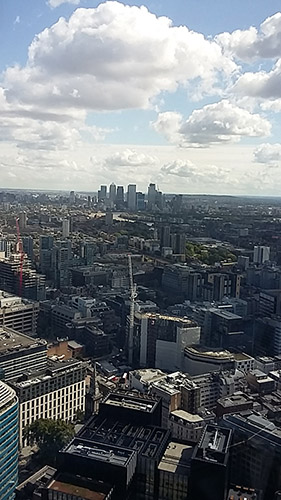
After that it was straight into my second and final CPD event of the day, ‘Balcony Fires CPD’, hosted by Sapphire’s Nick Haughton.
This seminar looked at tall building legislation and the post-Grenfell changes to the law that have left lots of important issues lacking clarity.
The CPD also examined case studies of famous balcony fires that had occurred in the previous two years and how they could have been avoided with better decking materials and better common sense from balcony users.
It should be obvious to all, but it was startling to see how many catastrophic fires had been caused by simple things like cigarette butts and barbecue coals. 50% of all balcony fires in the past two years had been caused by either smoking or barbecues (with a further 39% started by unknown causes). This shockingly high level of easily avoidable fires shows much further we need to go as a society in understanding just how dangerous and destructive our behaviours can be.
Nick then finished by talking through extensive testing that Sapphire have undertaken with Exova on which balcony decking materials would best stop the spread of fire. The research proved that Class A safety rated aluminium decking and soffits are by far the best material for halting fire. Timber decking, a popular choice for balcony designs, generally comes in as Class D, a material which the fire in Sapphire’s testing tore through exponentially quicker than aluminium. Sapphire now recommend MyDek aluminium decking due to its results during testing.
I found the whole day an incredibly worthwhile experience and am grateful to have been invited by Sapphire. The material was complex and important, and the hosts did an excellent job of presenting in a way that ensured a novice like me was able to comfortably understand throughout. I would highly recommend a Sapphire event to anybody looking to further their understanding of balcony design and fire safety at a time when such a topic has never felt more significant.
Related Blog Articles


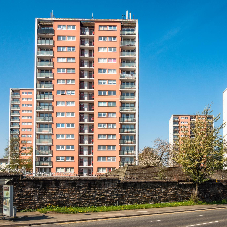
crop192.png)
